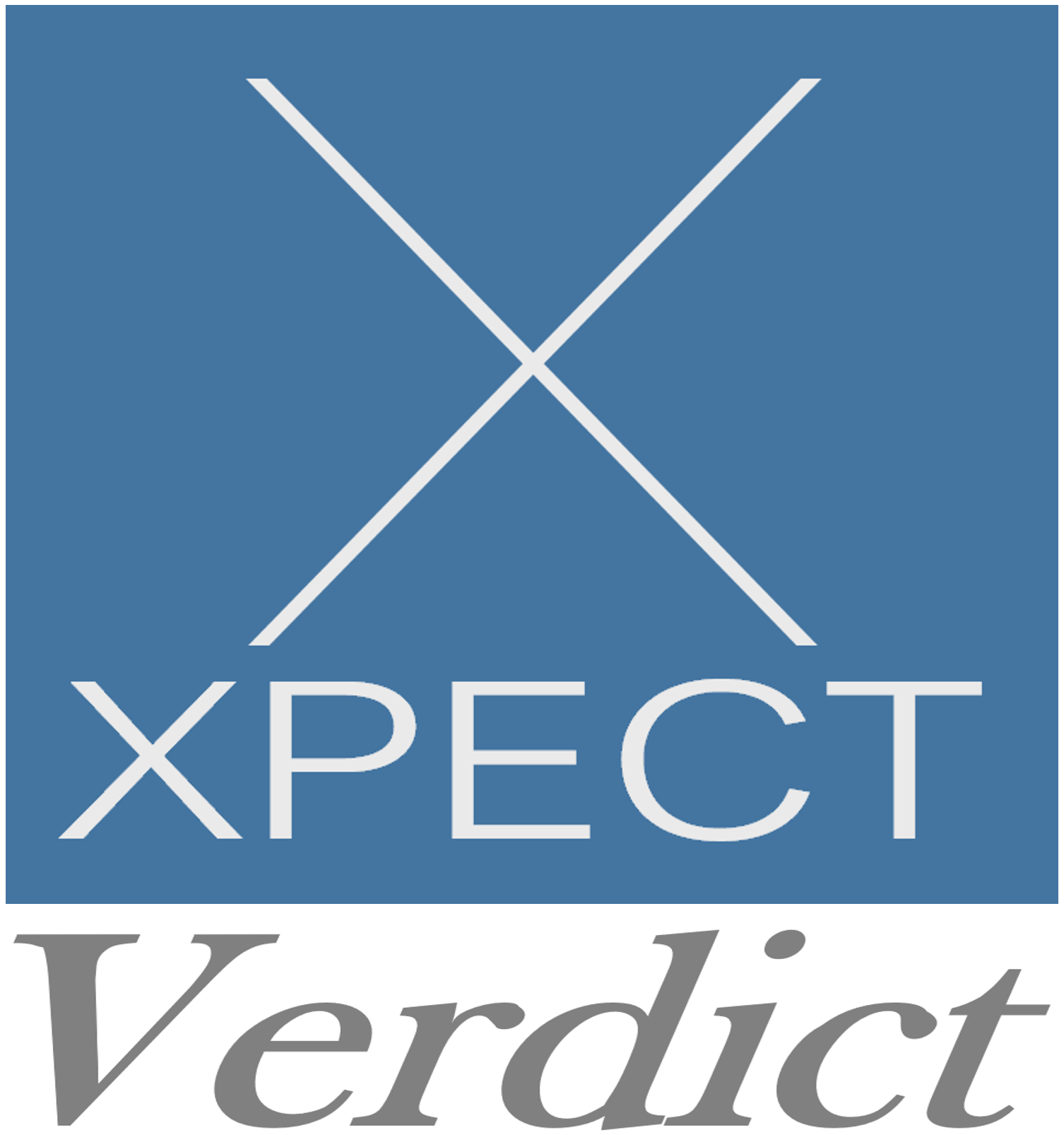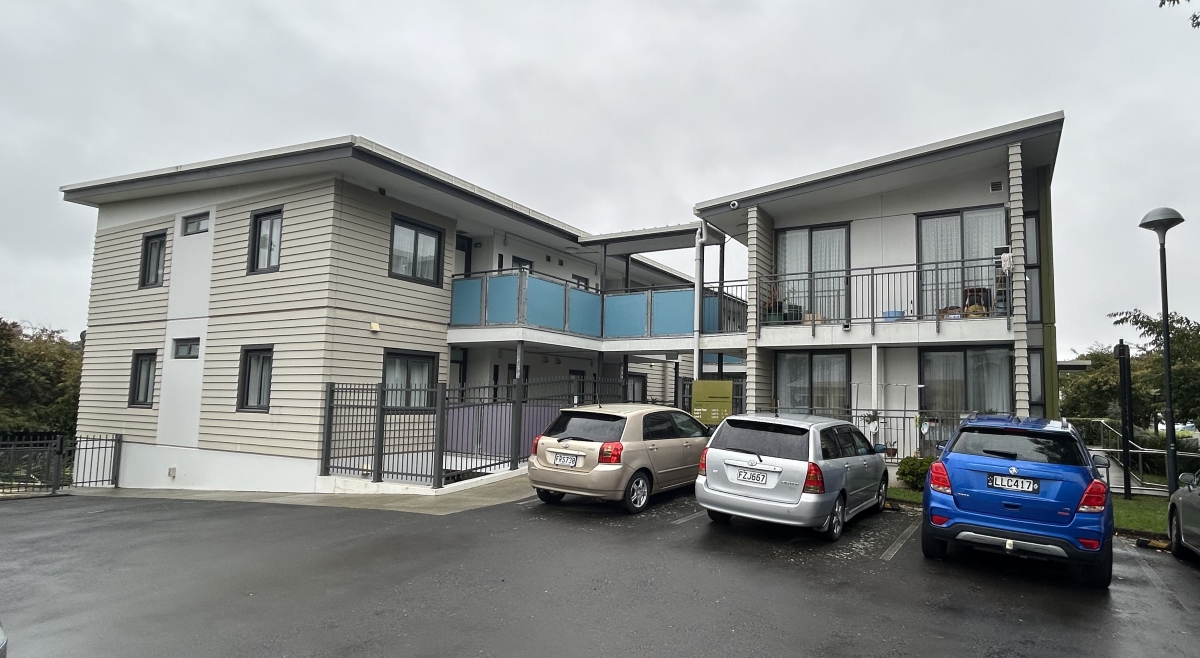Disputes between contractors and their clients (developers/asset owners) often arise in construction projects. Often the causes are technical, murky and who is responsible not clear. Sometimes the client doesn’t have the background to understand. Other times, those involved in the detail take a entrenched position. Regardless, you need issues resolved quickly otherwise resentment builds and delaying a decision here could stop any real building there.
‘Xpect Verdict’ takes a practical problem-solving approach to resolving construction disputes.
My experience running both a main contracting business, a development company as well as numerous projects over many years means I can see both sides of the equation. Typically, some sort of compromise or concession may need to happen to get back on track. Achieving this doesn’t happen with sweet talk. It requires placing blame to one side, utilising a structured approach, with both attention to detail and assessing the big picture, from all perspectives.
‘Xpect Verdict’ is an independent authority the contractor and the client can jointly engage to conclude disputes before you get the lawyers in.
This is our process.
1. Either in the contract you (contractor + client) have recorded Andrew Crosby as the independent expert to go to in the event of a unresolved dispute, or you jointly contact me mid project.
2. You provide a basic summary of the dispute. We assess if our service is appropriate and advise a fee -$500 per hour.
3. We arrange an onsite workshop with everyone that has had an influence on the dispute. This must include a final decision maker on both the contractors and clients side.
4. Both contractor and client compile their current position and bring all necessary detail and ‘evidence’ to the onsite workshop.
5. Being onsite means we can explore the physical issues as well as the documentation.
6. We apply our problem-solving system to ensure the workshop flows to a conclusion.
7. No one leaves site until a ‘Verdict’, an independent expert opinion, from us is issued.
Xpect Verdict
Contact andrew@xpectproperty.com to discuss more or see this info:
http://aenspire.com/xpect/xpectverdict.pdf







